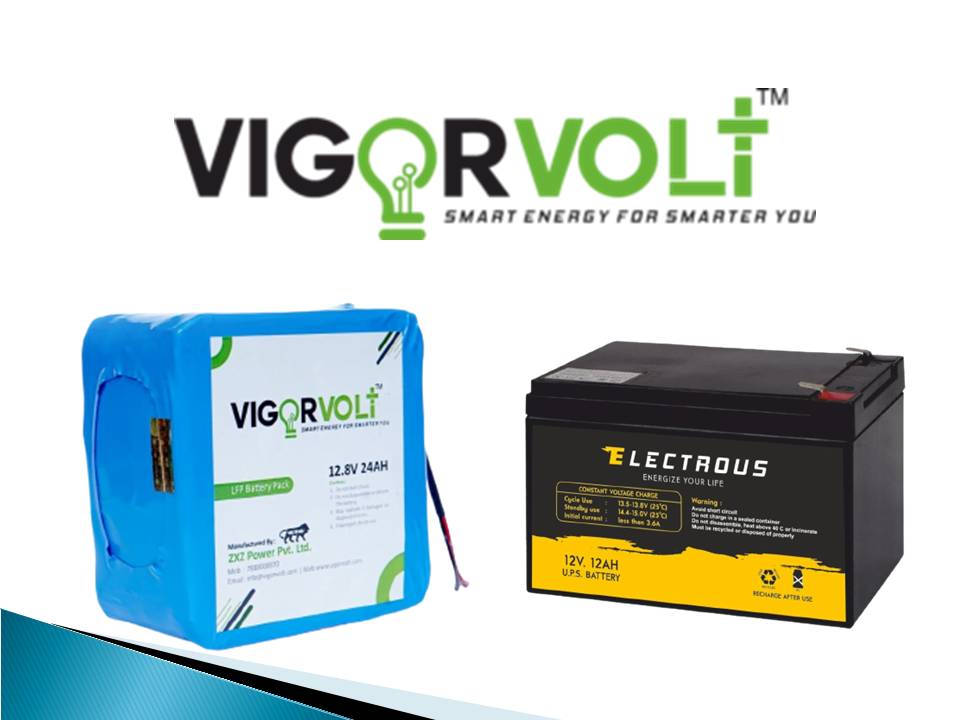When it comes to your car's battery and electrical system, knowledge is power. Actually, it's the life and soul of your vehicle. Being stranded due to a dead battery is the last thing you want to happen. The less likely you are to become stuck, the more you will understand about your battery and electrical system. We're here at Firestone Complete Auto Care to assist you understand what's happening with the battery and electrical system in your car.
A battery typically lasts between three and five years, although poor driving practises and exposure to harsh weather conditions can reduce a battery's lifespan. With every visit to Firestone Complete Auto Care, we provide a complimentary battery check-up. This is a fast diagnostic test to determine the potential failure temperature of your battery. It also provides you with a rough notion of your remaining battery life. You can tell if your battery is functional with only one quick test.
WHAT EXACTLY IS THE METHOD OF A CAR BATTERY?
The electrical shock required to power every electrical component in your car comes from the car battery. That's some serious accountability. You've probably observed that your automobile won't start without a battery.
Let's examine the operation of that potent tiny box:
- Your car operates as a result of a chemical reaction:
By providing voltage to the starter, your battery transforms chemical energy into the electrical energy required to run your car.
- Maintain a continuous electric current:
Your battery not only supplies the power needed to start your car, but it also regulates the voltage (another name for the energy source) to keep your engine running. The battery is under a lot of stress.
Although the automotive battery is modest, the power it produces is enormous.
Find the ideal battery for your vehicle right now, at the ideal cost form best battery supplier in Indore.
HOW CAN I TELL IF MY BATTERY IS OLD ENOUGH?
You can check the four- or five-digit date code on the battery case cover, for starters. Look for the letter and digit to decipher the first section of the code. Each month is given a letter, such as A for January, B for February, and so on. The next number is a tribute to the year, for example, 9 for 2009 and 1 for 2011. This code indicates the date the battery was transported from the factory to our neighborhood wholesaler.
The additional digits indicate the location of battery manufacture. The typical lifespan of a car battery is three to five years. However, there are other indicators of a weak battery to look out for, such as a slow engine crank or low fluid levels. Trouble may be lurking around the corner if your battery case is enlarged or bloated, the battery is emitting an unpleasant rotten egg odor, or your check engine light comes on. And if it is older than three years? Consider it a signal to start closely watching. That is why we are here.
Get advanced batteries from best battery manufacturer in India.


Comments
Post a Comment